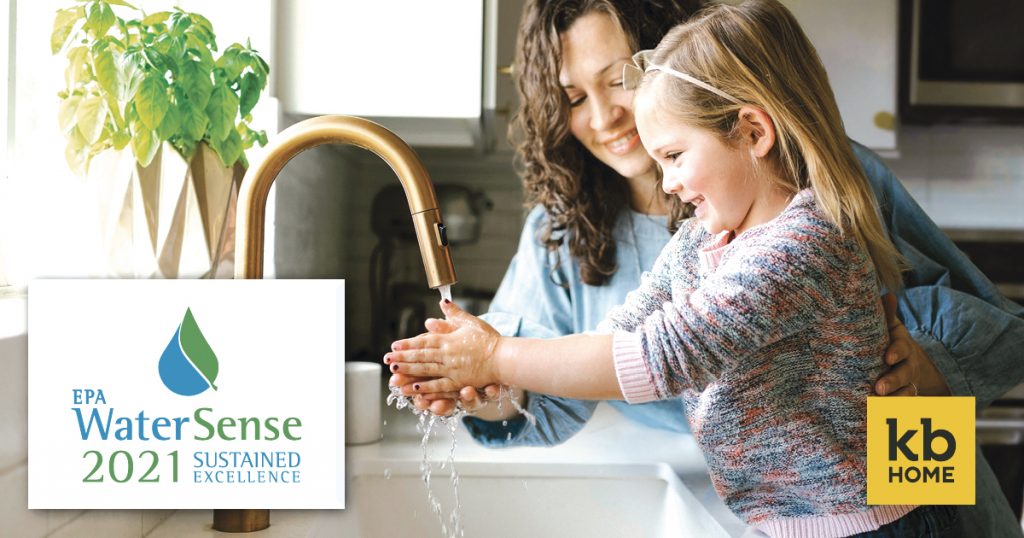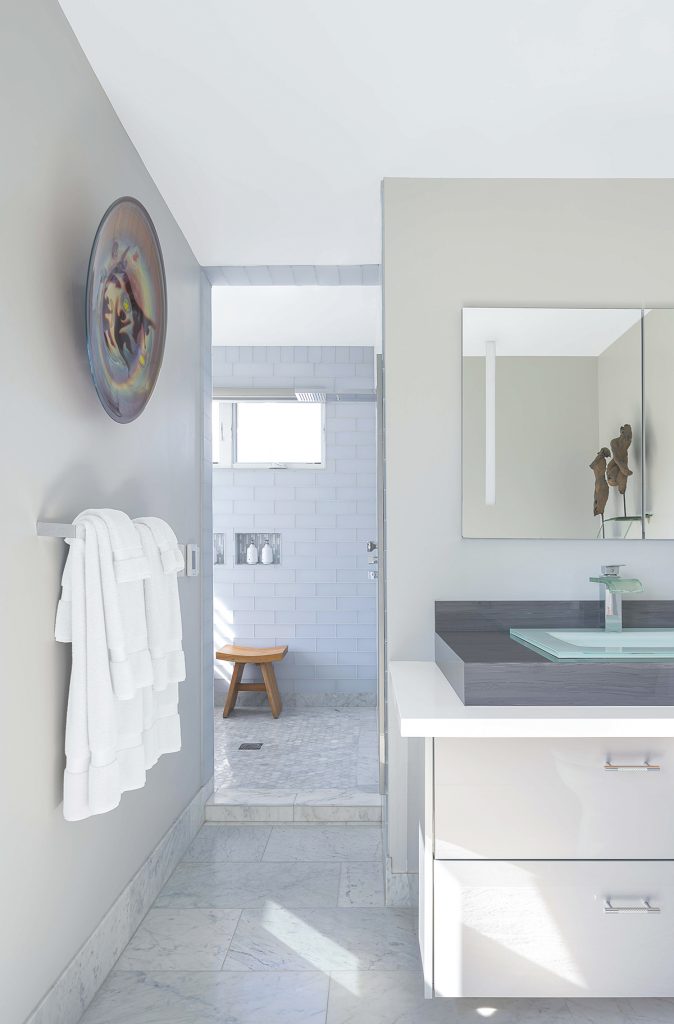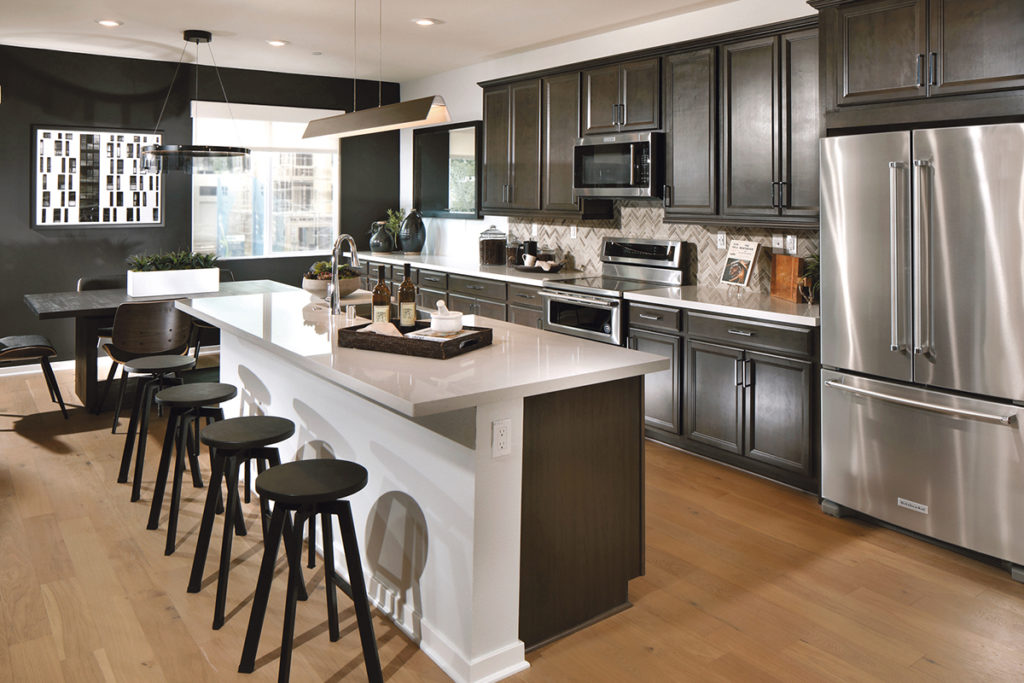[ad_1]
In the weeks after George Floyd’s death at the hands of a Minneapolis police officer, a meme began trending among kitchen and bath professionals on Instagram. It was a wordless black square, symbolizing both the grief at his death and solidarity with our Black colleagues, neighbors and fellow humans.
The black square was a caring gesture easily shared. What have been the harder follow ups in the two years since the Spring of 2020? ESG, the business and investment term for environmental, social and governance practices, has made corporate commitments to action in these three areas a bottom-line concern.
Companies’ ability to secure permits, funding and insurance for projects and recruit top talent are influenced by their ESG scores and policies. Legislators, regulators and procurement professionals at all different levels of government factor them into their building codes and requests for proposals. Segments of the market factor them into their building and remodeling choices. This, in turn, impacts the products manufacturers produce. The following professionals weigh in on today’s ESG ‘need to know’ factors for the kitchen and bath industry:
- San Diego area architect Michele Hottel;
- Chicago-based interior designer Gretchen Miller;
- Irvine area interior designer Lenora DeMars;
- Jacqueline Carmichael, assistant professor and interior design program coordinator at Howard University;
- National homebuilder Meritage Homes’ v.p. of investor relations Emily Tadano;
- Tim Costello, CEO of Builder Homesite and Builders Digital Experience (BDX);
- Nancy Busch, executive director of the International Surface Fabricators Association;
- Kermit Baker, American Institute of Architects’ chief economist;
- JoAnna Abrams, CEO of manufacturer and product ratings firm MindClick.
The Growth of ESG
“Environmental, social and governance initiatives have reached a tipping point,” observed a leading study of top 10 real estate trends for 2022. Explaining the skyrocketing investment, the Counselors of Real Estate attributes the growth to “multiple drivers, including consumer shifts, regulatory requirements, trillions of dollars of wealth transferring to Generation Z and Millennials committed to philanthropic living, a blurring of work and societal expectations, and a full sprint to attract and retain top talent.”
Costello sees this shift to younger buyers: “Millennials and Gen Z support brands that leverage their spending for good.” He further notes, “ESG is not in the consumer vocabulary, but environmental responsibility, health and wellness are themes that they embrace.”
Tadano sees it, too: “Energy efficiency and advanced fresh air ventilation are no longer ‘nice to haves’ – they have become important differentiators for consumers as they make homebuying decisions,” the Meritage executive says.
Miller works on affordable housing projects at design firm Bailey Edward. In this role, frequently working with government agencies, ESG arises regularly, she says. “Three of the working groups that I’m involved with are Sustainability, Healthy Buildings and Diversity, Equity and Inclusion [DEI]. We have had strong pushes to make sure that our standards include these pillars, whether the client is asking for them or not.”

Environmental Considerations
Environmental factors have long been a consideration in kitchen and bath projects. Costello sees energy decarbonization, sustainable supply and carbon footprint among kitchen and bath’s sustainability issues.
Several cities and states, including California, are phasing out gas for residential projects. “Meritage Homes was one of the first net zero energy production builders helping to support the move to all-electric homes,” Tadano declares.
Costello sees the transition as longer term, but inevitable. “In the end it will be driven by concerns for health and indoor air quality. No one wants to buy a house that kills them.”
MindClick’s Sustainability Assessment Program looks at what the industry can be doing better, Abrams says. “As an example, on average every product uses 30 percent more packaging than is needed. That means more to purchase, more trucks on the road, more storage space, more to dispose of at the jobsite, more energy to turn that packaging into something else. This is a classic example of a solvable problem. I’m excited to see the innovation that a focus on decarbonization will foster!”
One of the challenges of environmentalism is pricing. “While customers want sustainability, they don’t always want to pay for it,” points out Busch. The ISFA executive suggests that specifiers concerned about the environmentalism of their projects ask their fabricators, and this is applicable to other trades, too. “Does your shop have sustainable management systems such as water treatment, solar energy or dust collection, material recycling programs or sustainable material offerings?”

Photo: Carolina Custom Surfaces/ISFA
Social Considerations in Specifications and Contracting
Pricing also factors in when the specifier wants to ensure that materials are properly handled. In one stark example, the Occupational Safety & Health Administration has cautioned that breathing in tiny silica particles causes multiple diseases, disability and death. “Silica is a concern,” shares Busch about one of engineered stone’s key components. “ISFA has many resources for our members, such as the OSHA Respirable Crystalline Silica training resource, and we provide a flash drive of silica safety recommendations in all our member kits,” she adds. Specifiers and homeowners should be asking their fabricators what certifications they have and what procedures they use to ensure the highest level of safety, Busch suggests.
Hottel is very concerned about safety for her trades and for overseas workers in the supply chain of the products she specifies, but it’s extra challenging today with inflation and client budgets, she observes. “I know there are so many things we overlook to get a product for a lower cost – and that cost can be someone’s life.”
Municipalities often set the RFP contracting and labor requirements for the housing projects Griffin manages, but human rights issues in the supply chain concern her, too. “It is something that we’re looking into making a larger part of our specifications,” she notes. One of the resources she uses is Just, a transparency reporting label issued by the International Living Future Institute for organizations to disclose their operations, including how they treat their employees.
Others consider B Corp certifications, issued by B Lab, which rate companies on ESG-oriented practices. DeMars commented in the Facebook Wellness Designed group she co-leads, “When I have a choice, I will purchase the item made by a company that is certified B Corp. I will do my best to support companies that are doing better.” This is a factor that can distinguish her and other industry pros using these criteria to socially conscious consumers.
MindClick is working with design schools to educate future professionals on how to evaluate vendors and their products in their specification process, Abrams reveals.
Social Considerations in Recruitment and Staffing
Outreach to African Americans increased in the wake of George Floyd’s death, as many industry executives realized that their connection to these fellow Americans was limited, lacking employees, board members, vendors or clients outside of their own communities. “We stepped up our recruitment efforts of underrepresented groups by expanding our internship program and hiring initiatives,” Meritage’s Tadano recalls.
“I think there has definitely been an awakening to these issues, but there is still a long way to go,” Griffin observes. “We have [minority- and women-owned business supplier] requirements that we see in government projects, which is good, but the private sector has catching up to do.” One of the issues she cites is unpaid internships. “However, I have seen an uptick in mentoring programs for young women and minorities to get into the architecture/engineering/interiors field, which is good.”
Recruitment programs offered to historically Black colleges and universities, including interior design students at Howard University, increased in 2020, the program coordinator Carmichael recalls, but there were challenges. “Many pledged ‘throwing money’ at the problems, but did not have a roster of Black leadership or employees to serve as role models.” She also noted that many of their students were studying remotely or dealing with financial challenges that prevented them from working on-site and many of the firms couldn’t adapt to make internships work.
While ESG is not a core subject at Howard’s respected program, its principles infuse study at her program, Carmichael shares. “Students create charrettes to address environmental justice by considering investments focused on affordable housing and community development.” They also discuss the morality of flipping residential properties (which may impact their future income), Airbnb short-term rentals, the steady elimination of housing development for first-time homebuyers and designing for disabled residents.
A company that wants to diversify its team with candidates like these – a step that can increase market share in an increasingly diverse population – may need to adapt its policies to accommodate new hires in new ways, whether it’s schedule flexibility, remote work opportunities, childcare benefits and physical office accommodations. This can enhance recruitment for talented minority and disabled candidates, working mothers, neurodivergent and older workers.

Photos: Michele Hottel, AIA/Ian Patzke Photographer
Governance Considerations
“There is a saying, ‘what gets measured, gets managed,’” points out Abrams. This extends to leadership, or corporate governance in ESG-speak. “There is now demand for quantitative data to demonstrate real progress at the board level,” she adds.
“There has been some progress here,” BDX’s Costello comments. “Public boards have gotten the message and added diversity. The C suite is still dominated by white males in the industry. Given the nature of the career path for most builders, this will be slow to change.”
AIA’s Baker is seeing that growth among his association’s membership, he reports. “Between 2008 and 2019, the women’s share of architectural positions increased from 28 to 37 percent, while the share from a racially/ethnically diverse demographic group increased from 22 to 32 percent.” But, the economist notes, “The profession continues to be underrepresented along key demographic characteristics.” He expects improvement in the coming years.
Miller agrees: “I think gender representation is on the rise within the industry. We are a [woman-owned business], so it has always been on our radar. We also push things like higher standards for mothers’ rooms/wellness areas (historically neglected or absent from designs), leaving nursing mothers to try to pump in a random bathroom or closet for large chunks of the day.” This can certainly help attract young, female executives to your leadership track.
Last Words
Miller also observes, “I feel like there has been a lot of visibility about designing for a wider audience: not just non-rich people, but also for a diversity of physical and mental differences. Universal design should cover not just ADA requirements, but thinking about aging in place, neurodiversity and the like.”
To maintain viability in an increasingly diverse country, large and small firms in the kitchen and bath sphere are taking notice. “The ESG conversation is everywhere,” declares Abrams. “For those of us who have been on this journey for some time, it’s exciting and challenging. Achieving leadership in environmental and social responsibility requires a commitment to continuous improvement, a desire for innovation, and a willingness to ‘see it differently.’” It’s fair to say that much of life and business also benefit from that willingness. ▪
Jamie Gold, CKD, CAPS, MCCWC is an author, wellness design consultant and NKBA Chapter presenter. Her third book, Wellness by Design (Simon & Schuster), published September 1, 2020. Learn more about her Wellness Market and new ESG: A Primer for the Residential Design and Construction Industry presentations, books and consulting services at jamiegold.net.
[ad_2]
Source link
